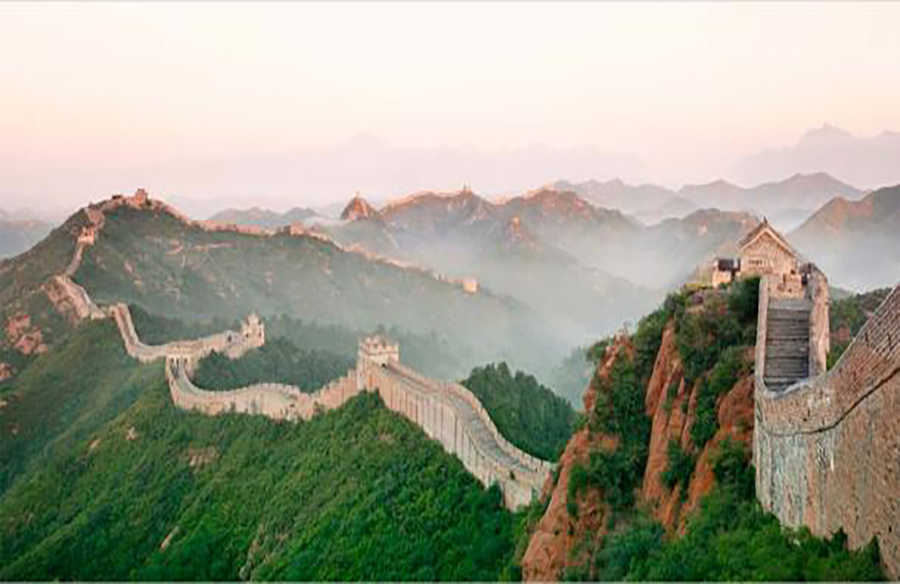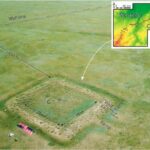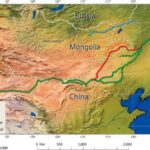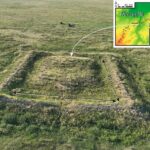For the first time, researchers have conducted a comprehensive analysis of a segment of the Great Wall of China extending into Mongolia. Referred to as the “Mongolian Arc” due to its curved trajectory, this wall, spanning 405 kilometers (252 miles), has long intrigued scholars. Situated near the China-Mongolia border, it extends from Sukhbaatar Province to Dornod Province in northeastern Mongolia. Despite extensive fieldwork, the purpose of this wall has remained elusive.
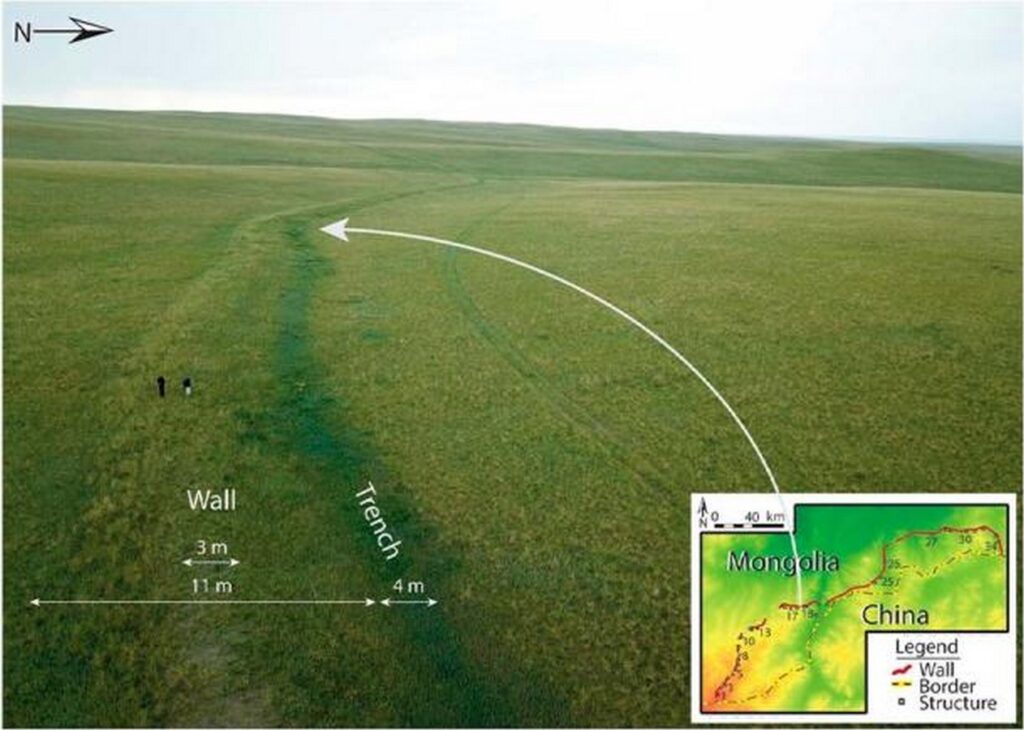
The Enigma of the ‘Mongolian Arc’
Described as one of the most enigmatic long wall and trench systems in the history of China and Mongolia, the “Mongolian Arc” has baffled researchers due to its scale, complexity, and uncertain origins. While historical records from the 11th to 13th centuries AD mention its construction, details regarding its chronology, builders, and intended function remain obscure.
Exploring Historical Context and Construction
Contrary to popular perception, the Great Wall of China comprises a network of defensive fortifications rather than a singular barrier. Built, extended, and reinforced over two millennia, it evolved from disparate walls into a unified system under Emperor Qin Shi Huang in the 3rd century BC. Construction continued until the Ming Dynasty, spanning from 1368 to 1644 AD.

Deciphering the Purpose: Military Defense or Civilian Regulation?
One theory posits that the “Mongolian Arc” was hastily constructed during the final years of the Jin dynasty in response to anticipated Mongol invasions. However, the presence of numerous gaps along the wall raises questions about its effectiveness as a defensive structure.
An alternative hypothesis suggests that the wall served non-military functions, such as regulating the movement of people and livestock, potentially coupled with taxation. This interpretation is supported by the wall’s strategic placement and the absence of features characteristic of military fortifications.
Integrating Multidisciplinary Approaches for Insight
To unravel the mysteries surrounding the “Mongolian Arc,” researchers have employed a multidisciplinary approach. This includes analyzing satellite imagery, historical maps, and primary sources, alongside on-site field observations. Advanced mapping technologies and test excavations are planned to refine understanding of the wall’s construction, duration, and intended purpose.
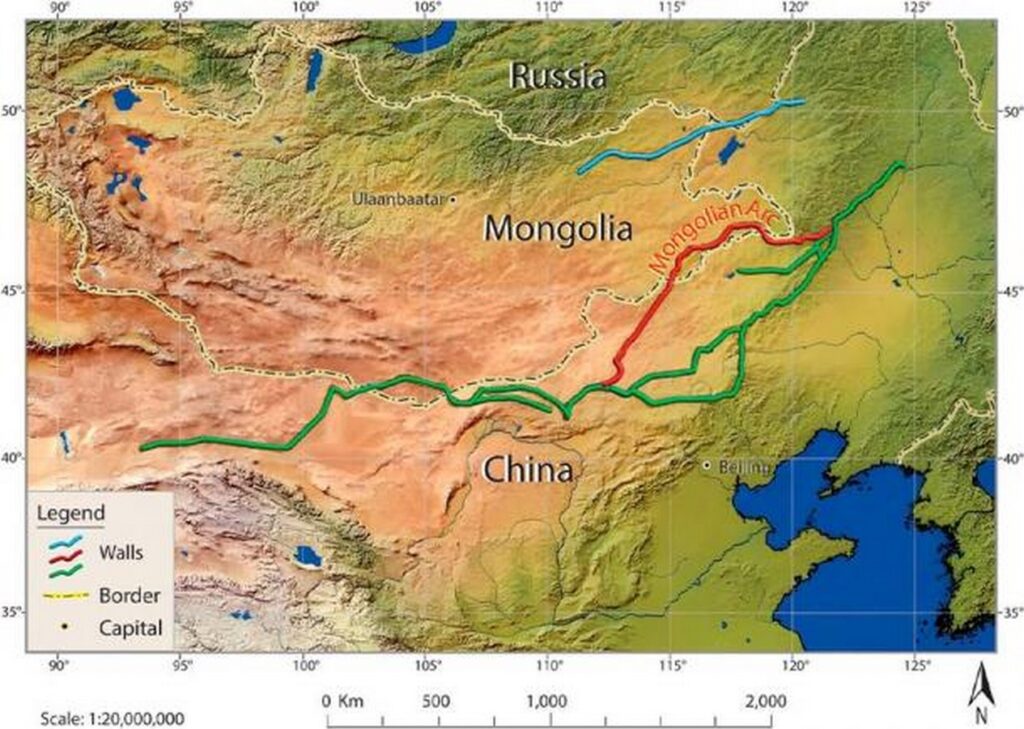
Implications for Understanding Ancient Infrastructure
The study of the “Mongolian Arc” offers valuable insights into ancient infrastructure and military strategies. By unraveling the complexities of this enigmatic structure, researchers aim to shed light on the geopolitical dynamics of the region and the diverse functions served by the Great Wall of China beyond its military role.


